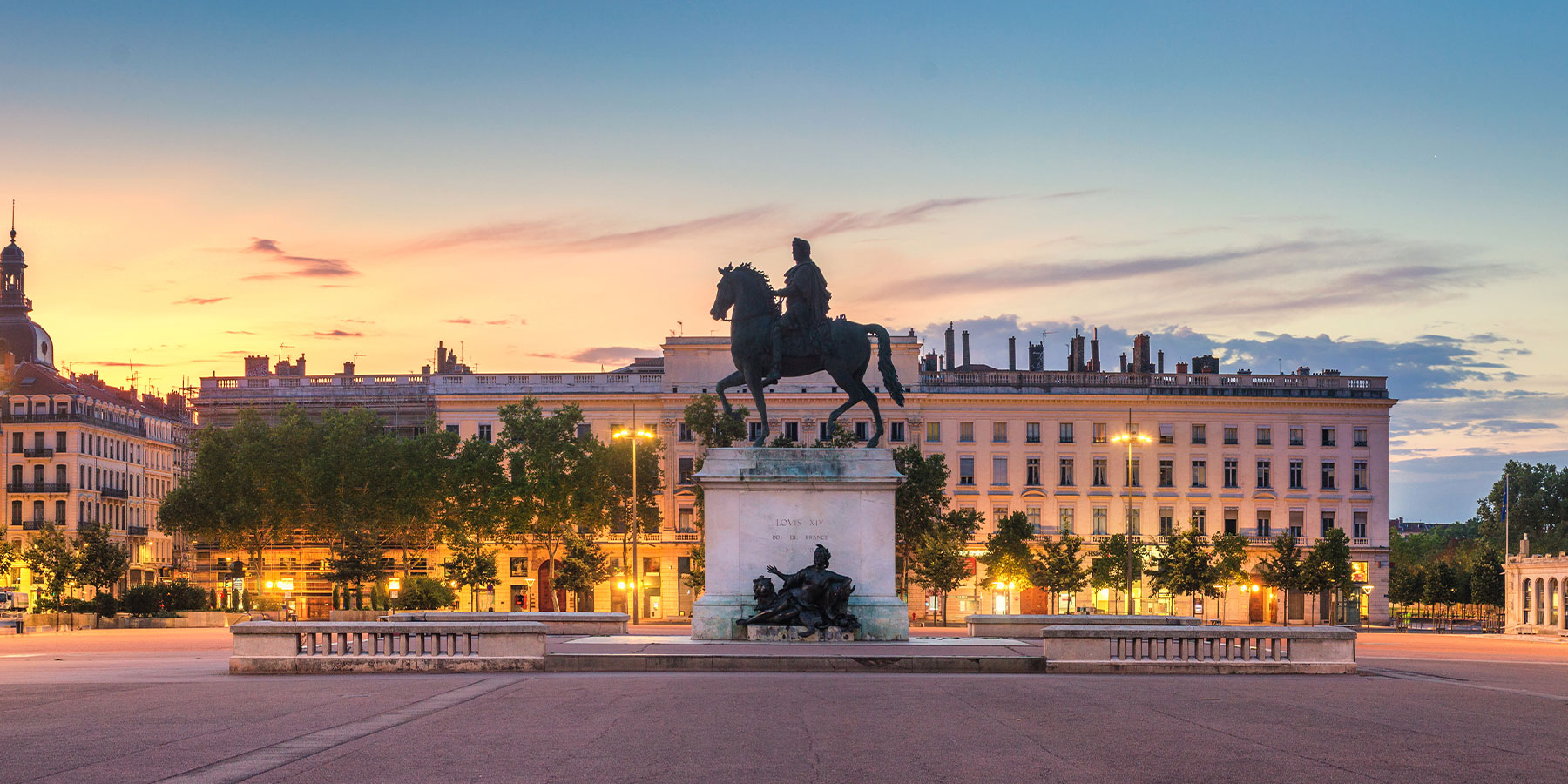
St. Leodegar Church of Lucerne

This point of interest is available as audio on the tour: Visit Lucerne, The land of dragons
You’re now standing in front of Lucerne’s main church, and the most significant Renaissance-era religious building in Switzerland. It’s named after Saint Leodegar, a 7th-century bishop from Burgundy who became a martyr after his violent death. The Church of St. Leodegar reflects a blend of architecture that traces the different phases of its construction. You’ll spot Romanesque, Gothic, and Baroque elements all in one place. Its origins go back to the year 735, when nobles from Alemannia—now southwestern Germany—founded a small monastery here dedicated to Saint Maurice. This modest monastery expanded over time, becoming a priory in the 12th century, and later a collegiate church for secular canons who weren’t affiliated with a specific religious order. The church reached its peak during the Counter-Reformation, when Lucerne stood as a major Catholic stronghold in opposition to the Protestant cantons. At that time, the church served as Lucerne’s cathedral. However, in 1633, tragedy struck. According to legend, a worker trying to scare birds away from the choir tower used fire, and set the entire church ablaze. The beautiful Hofkirche you see today was built in the 17th century on the foundations of the destroyed church. Some parts survived the fire, like the two Gothic towers in front of you—which give the building much of its charm. Above the entrance, you’ll see two saints sculpted into the doorway, who have long been honoured here: Leodegar and Maurice. Feel free to open the heavy doors to explore the interior. The 18th-century Baroque high altar is adorned with intricate detail. The choir features a fine example of late Gothic design with its elegant vaulted ceiling, and colourful stained-glass windows that bring a spiritual glow to the space. Take a look at its grand organ, built in 1640, then transformed and restored in the 20th century. The true showstopper is the “thunder machine.” Dating back to 1862, it’s a wind-powered drum that sends metal balls clattering against a tin sheet, mimicking the sound of a raging storm. It’s dramatic, strange — and entertains locals to this day.


Discover Lucerne with app
An interactive guide through the most beautiful streets, squares, and districts
28 fun audioguides full of historical facts, anecdotes, and legends





Comments